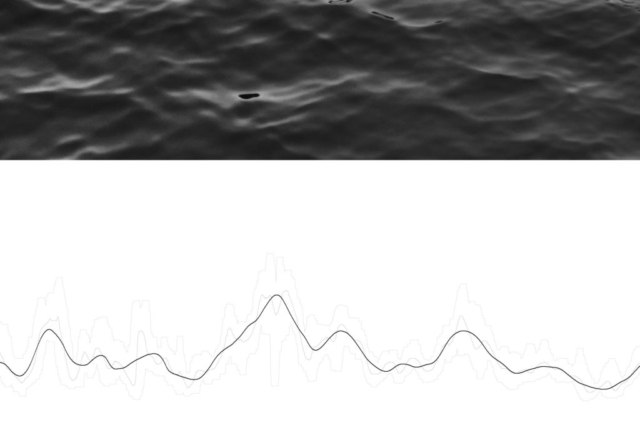Waves #4: Action dissolving into time resolution dependence
Waves #4: Action dissolving into time resolution dependence

Macroscopic effects are emergent from microscopic laws. Appearances can obscure what is really going on, and emergent properties can be very different than those at a lower level.
The scale of our human perspective can mask reality. At the extreme left and right of this image, waves on the Charles River are clearly defined. As you approach the center, the duration of exposure is extended so that the waves begin to blur out until finally becoming an almost uniform gray. The emergent measurement of the long duration view in the center is unchanging, even though the reality of the situation is the short-duration chaos of the energetic, ever-changing waves.
By showing that the roiling action of waves on the Charles disappear to mute gray if we change the duration of our perspective, it is analogous to being at the wrong scale for real effects to be obvious and a warning that mere intuition and common sense can lead us away from what is really going on beneath appearances. Microscopic laws can give rise to emergent, macroscopic effects that seem very different from what is really going on.

This panoramic image is a composite of over 96 photographs. They were made from a fixed position above the Charles River over one morning with exposure ranging from 1/400th of a second to 2 minutes and back again—for a total time of 52 minutes and 25 seconds. The change in time resolution is correlated to the advancing width of the picture. A graph modeling the action of the waves as a function of the time resolution runs along the bottom of the image.
This image is printed 15 inches tall and about 27 feet wide.
Details:




